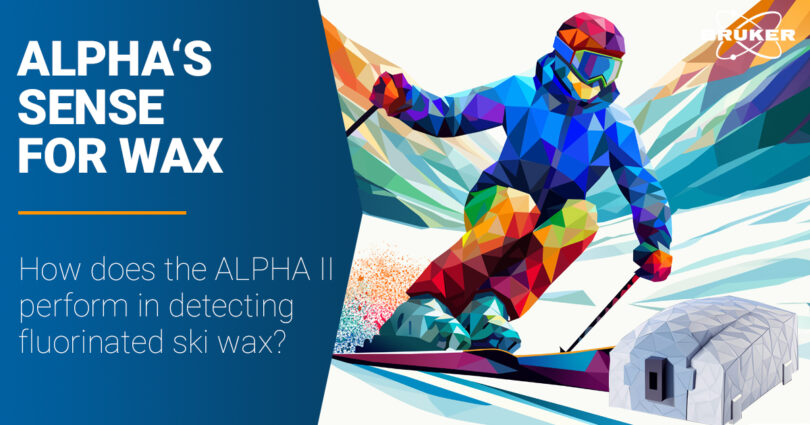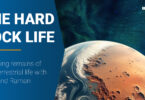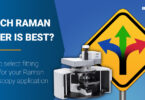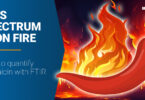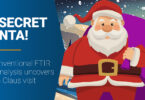FTIR spectroscopy uncovers the use of fluorinated ski wax in skiing competitions. While the athletes are outdoing themselves with peak performances, the ALPHA II infrared spectrometer is working behind the scenes in these competitions, too.
Per- and polyfluoroalkyl substances (PFAS) are, quite literally, on everyone’s lips. Because of their repellent properties they easily accumulate in the environment and, subsequently, in us. And that certainly isn’t a good thing! In fact, PFAS have been linked to birth defects, diabetes and the disruption of our endocrine system.
One way that PFAS can enter the environment is through fluorinated ski wax which is used to make skis faster. Thankfully, international ski associations have reacted and decided to ban these waxes from their competitions.
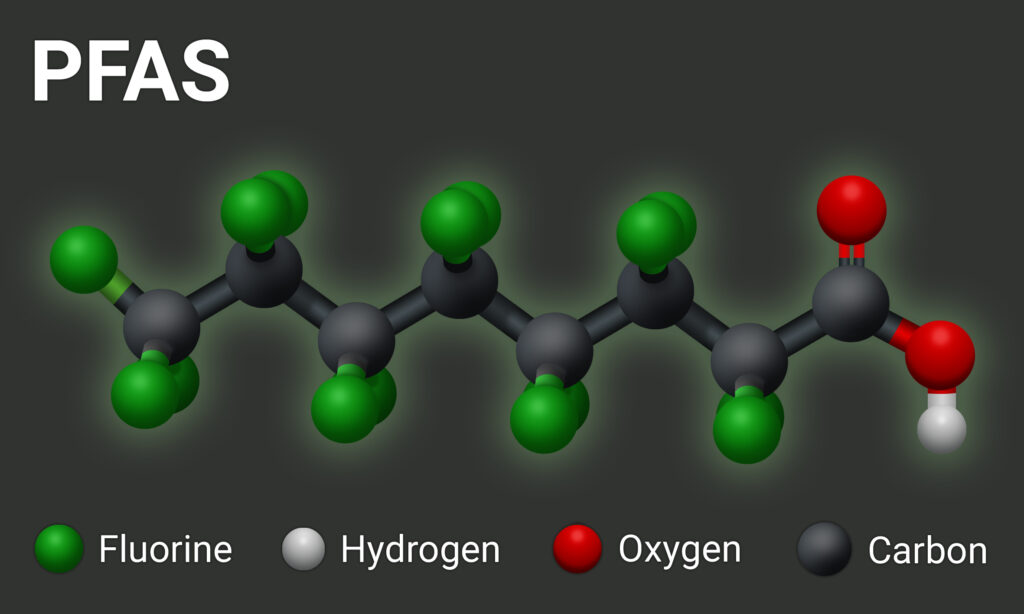
To enforce this ban, Bruker’s ALPHA II FTIR spectrometer is used in a method specifically developed for this application. And since the fluorwax ban started with the 2023/2024 ski season we wanted to take a look at how our ALPHA II is performing.
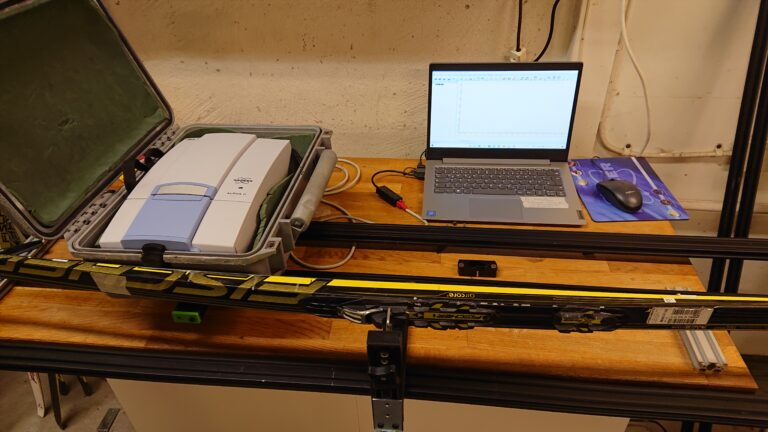
How does it work?
FTIR setup for wax testing
FTIR spectroscopy in reflection mode is a practical and efficient method for detecting PFAS-related substances on skis. The setup is field-adaptable and utilizes Bruker’s workhorse the ALPHA II FTIR spectrometer on a slider system. Our ALPHA II is easy to handle, works non-destructive, delivers quick results, and is cost-effective.
Here are some details about the method: The quantification model used for evaluating the amount of fluorine present in the ski wax uses a mathematical method based on PLS (partial least squares). To calibrate the method, various samples with known concentrations of fluorine were used as training sets.
Important note: This training set was validated with other suitable analysis methods to ensure accuracy.
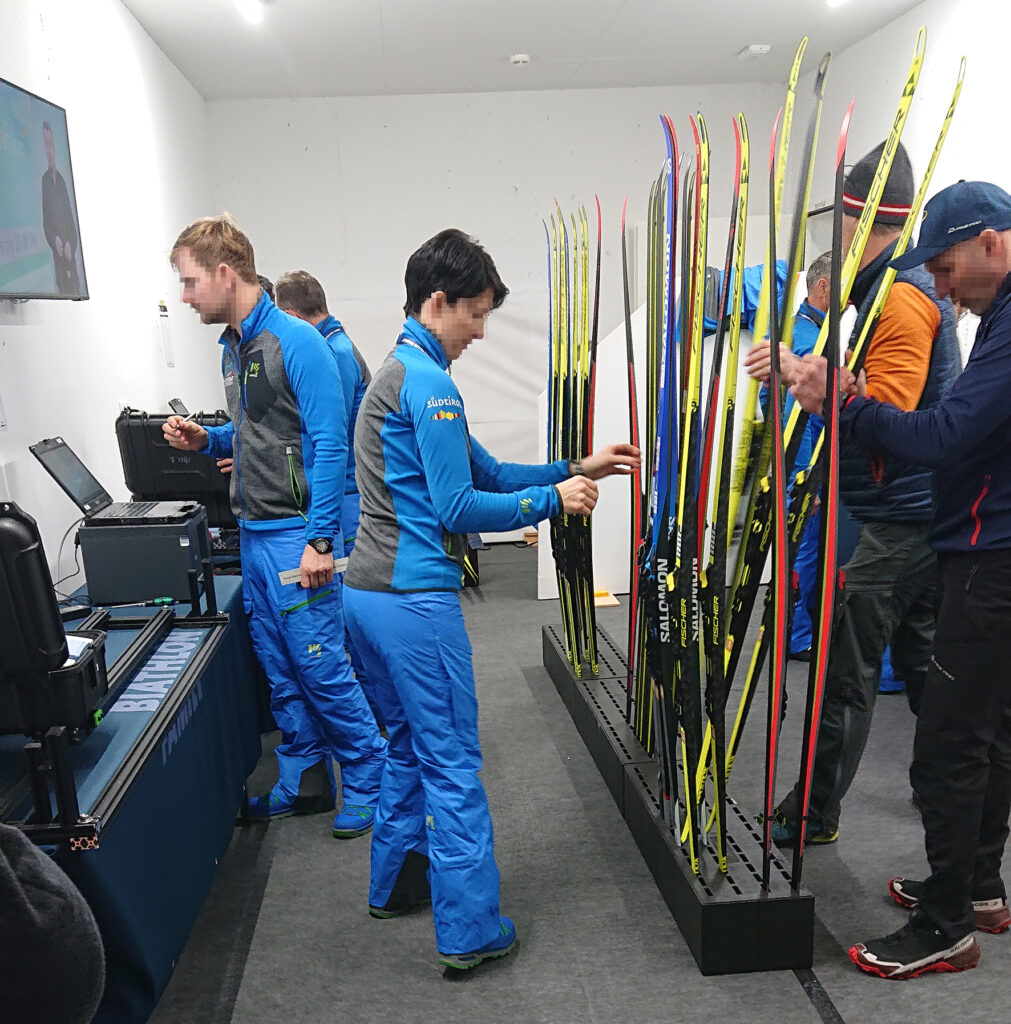
How does the test system work?
One ski per pair is tested in three random positions. The ALPHA II displays the colors green, yellow, or red, depending on the measured values. Values between 0 and 1 are represented by green. Yellow is used for values ranging from 1.1 to 1.8, and any value above 1.8 is denoted with red.
How is this applied in the field?
The ski passes the test if all three measured points display green. If a point shows yellow, it prompts a re-measurement of the same point on the ski. In case the re-measured value is below the threshold, it will display green, but if it’s above the threshold, it will turn red. The point will then be counted as either green or red. A point that remains yellow after re-measurement is counted as yellow. If a measurement shows red, an official will re-measure the point using a second ALPHA II device.
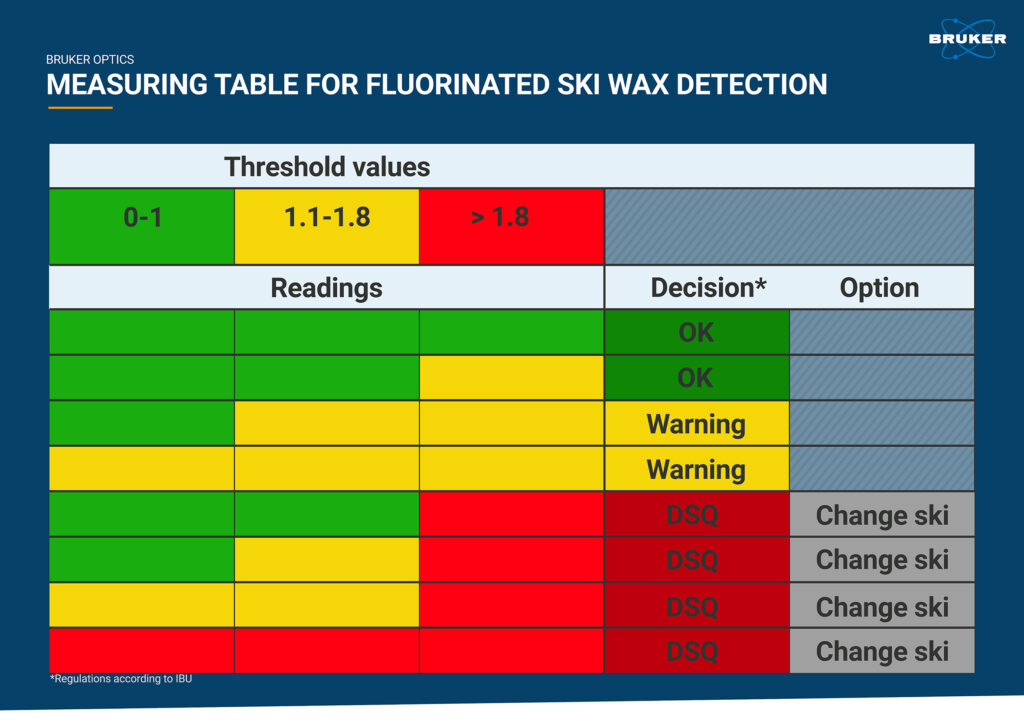
ALPHA II performance
Up until now approximately 2000 (two thousand!) Skis were tested for fluorinated ski wax in competitions. The average measured value was 0.15 which demonstrates how strictly athletes and their teams comply with the fluorine wax ban. Thus, so far only 4 athletes (0.25 %) have been disqualified because their skis exceeded the threshold values.
In relation to the total number of measured skis, it is clear how reliably the method works. Yet the strong emotions surrounding the first disqualification quickly led to accusations against the method among skiing teams and the media. It was criticized for being unreliable, not fully refined, and susceptible to false positives. However, investigations in all disqualification cases clearly showed that fluorinated wax was indeed present on the skis.
How did this happen?
The plain truth: Old waxing tools still containing fluorinated wax were used for the ski preparation, leading to a cross-contamination. This shows that ALPHA II does not only respond when fluorinated waxes were directly applied, but also when equipment contaminated with fluorine was used. This is crucial because irrespective of how it came onto the ski, a concentration of merely 1.5% fluorine can provide a competitive advantage by enhancing the ski’s speed.
What is the bottom line of this?
1) ALPHA II and the method work perfectly fine.
2) Teams must use proper, well cleaned waxing tools.
Conclusion
So, how has our ALPHA II and the fluorine detection method performed so far? Simply put: They do what they were developed for and reliably detect fluorinated wax on skis.
While everyone understand the athletes‘ concerns to be falsely disqualified there are a few more things to consider.
The implemented setup was developed by international skiing experts and underwent rigorous testing under varying conditions. It was evaluated with a statistically significant quantity before its implementation in practice. No false positives are known from field use in competitions of the 23/24 skiing season. In fact, every single one of the four disqualifications so far, could be verified and explained by a cross contamination caused by poorly cleaned preparation equipment.
Therefore, have confidence in the method and please always remember why fluor wax was banned. To protect the environment and to maintain fairness in sport. We at Bruker are certainly proud to help with this important task.
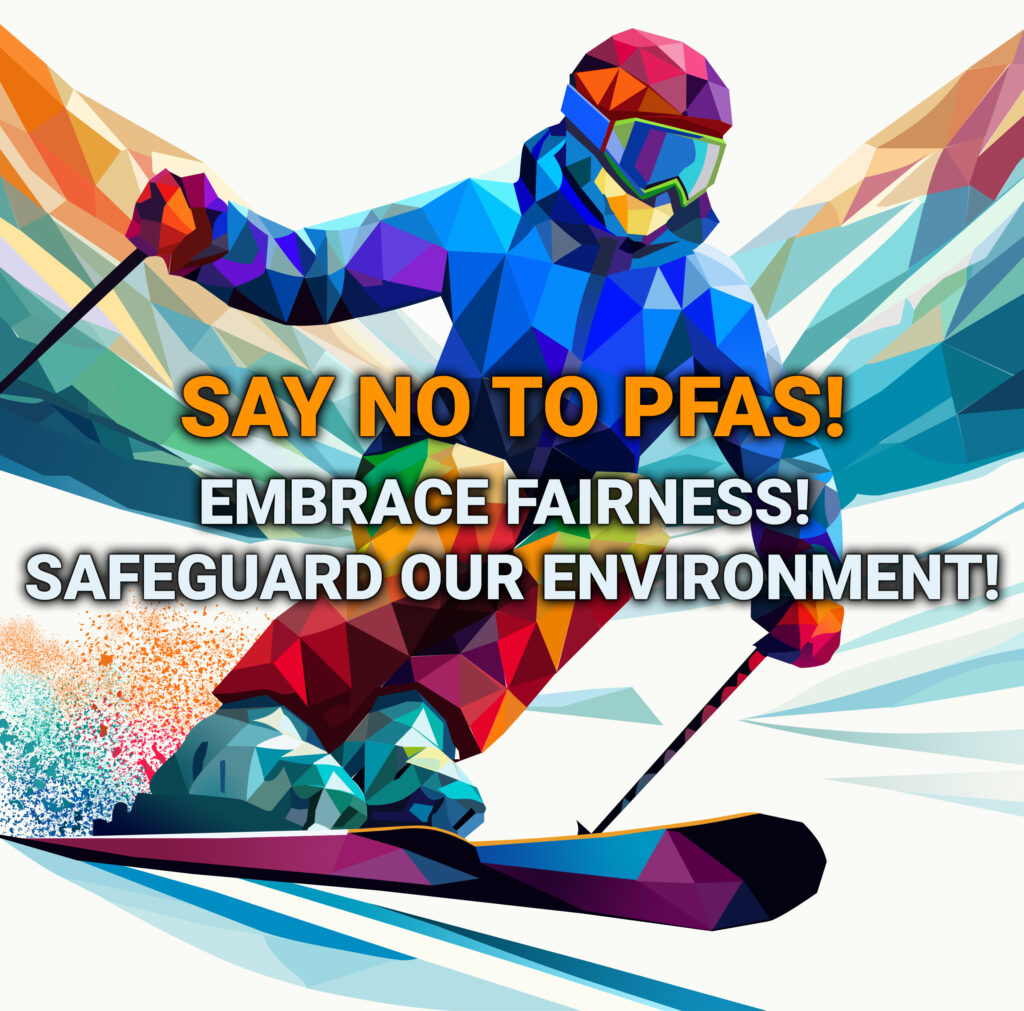
Do you want to know more about the ALPHA II as fluorinated wax detector? Then have a look at our previous blog entry about the topic:
Update: Vasaloppet
On the 3rd of March the world-famous Vasaloppet (Swedish for the Vasa race) took place in northern Sweden. For the first time in it’s 100 year long history, skis of athletes and amateurs were tested for fluorinated wax, in accordance with the FIS regulation. Bruker provided 3 ALPHA II devices for this testing. During the week 4 stations were opened for voluntary and free of charge testing. There were many fruitful discussions about the danger of PFAS as well as about the detection technique.
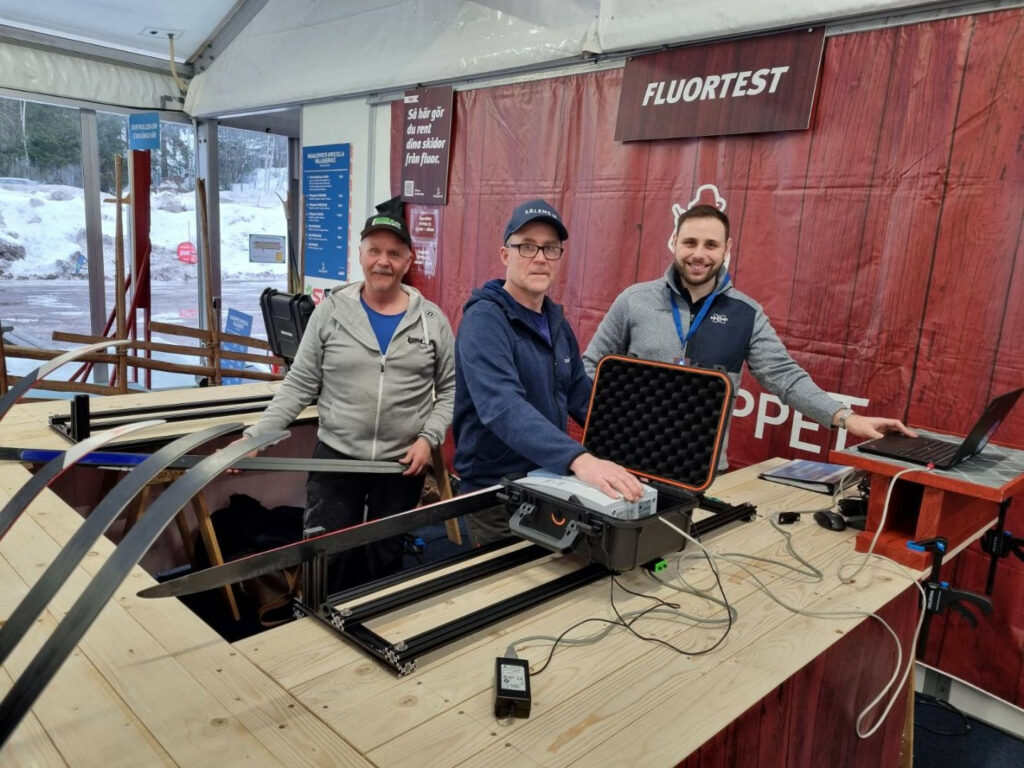
Of course, not all 60 500 participants could be tested but nevertheless more than 1000 pair of skies were tested during the week. While only one athlete had to be disqualified because of the use of fluorinated wax around 20 amateurs “got into trouble” because using the banned wax.
Although Gustav Vasa, the race’s namesake, would have surely appreciated this positive outcome, one can’t help but picture him using fluorinated ski wax during his escape from the Danes, had it been an option back then 😉


